21 Best Foods You Must Add To Your Diet For Healthy Skin
Get that clear, radiant, and healthy skin by adding the right foods to your diet.

Image: Shutterstock
Proper nutrition is crucial for your overall health. However, what you eat also affects your skin quality, and if you are wondering what the best foods for healthy skin are, we have an entire list for you here.
No skincare routine will work well if you do not include foods rich in antioxidants, vitamins, and essential minerals in your diet. They nourish the skin cells, reduce oxidative stress, promote collagen development, help with hydration, and regulate many other important metabolic factors for maintaining healthy and youthful skin. Scroll down to check out the 21 foods that are known to keep your skin healthy and glowing.
In a study conducted on 2,753 participants, it was found that a healthy diet rich in fruits especially citrus fruits, pulse, nuts and green leafy vegetables was associated with 3.20% less facial wrinkles. A diet rich in red meat and steak was associated with 3.32% more wrinkles. It was also observed that the relation of diet and skin was more evident in females than males.
In This Article
Importance Of Hydration For Skin Health
One of the most important factors behind a healthy skin glow is hydration. Hydration is essential for preserving the suppleness and elasticity of the skin. Skin moisture levels can be supported and dryness and flakiness can be decreased by drinking enough water and eating hydrating foods like watermelon and cucumbers. Maintaining proper hydration also aids in the body’s detoxification, which results in cleaner and more radiant skin. Ensuring adequate hydration can also help minimize the visibility of wrinkles and fine lines, giving the skin a more youthful appearance.
In addition to staying hydrated, incorporating specific foods into your diet can provide essential nutrients that support skin health and enhance its natural glow. Scroll down to know more.
Key Takeaways
- Consuming food that are rich in essential nutrients is important for healthy, glowing skin.
- Foods like tomato, carrot, papaya, avocado, and turmeric play a key role in giving you clear, hydrated skin.
- Drink plenty of water, moisturize your skin daily, avoid eating spicy food, and protect your skin from UV radiation to get flawless skin.
21 Best Foods For Healthy, Clear, Glowing Skin
1. Turmeric

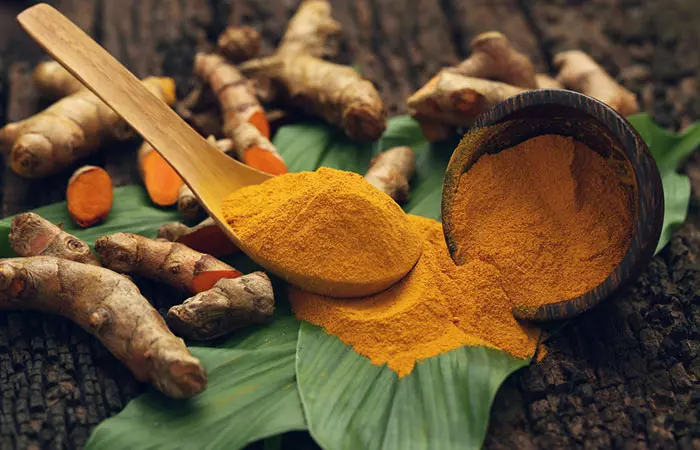
Turmeric, a golden yellow fleshy root, is popularly used as a spice. The active component of turmeric, curcumin, has antimicrobial, antioxidant, anti-inflammatory, and antineoplastici The quality of a substance to protect against cancer by killing the rapidly growing cancerous cells. properties (1). Theres growing scientific evidence that turmeric, whether consumed or applied topically, may help in the treatment of psoriasis, skin cancer, hyperpigmentation, skin infections, and skin aging (2).
Consume ½ an inch of washed and peeled turmeric root first thing in the morning. Chew it properly and wash it down your throat with water. You can also add freshly grated turmeric to a glass of milk before bed (avoid dairy if you have hormonal acne). You may even apply turmeric paste to your skin (mix with Fullers earth, gram flour, aloe vera, etc.) to visibly reduce pigmentation, acne, and scars.
 Quick Tip
Quick Tip2. Tomato
Tomatoes are rich in lycopene, a carotenoid that acts as an antioxidant and also gives tomatoes the luscious red color (3). Lycopene helps scavenge the harmful oxygen radicals that cause toxic buildup resulting in skin rashes, acne, and aging (4). Scientists at the National School for Healthcare Science (NHS), examined to see if tomato paste can protect human skin from UV radiation-induced erythema. It was found that tomato paste can actually protect your skin against photodamage (5).
Include tomato in curries, salads, grilled veggies, etc. You can drink tomato juice. Apply tomato juice (mix with gram flour) as a face mask.
NOTE: Avoid applying tomato juice to your face if you have sensitive skin.
3. Carrot
Carrot is rich in beta-carotene, a carotenoid that gives the carrots their red or orange color.
Beta-carotene has antioxidant properties that prevent cell and DNA damage (6). However, you must avoid overconsumption of carrots as it may cause discoloration of the skin.
Add carrots to your stew, bake a carrot cake, add it to stir-fried veggies or to your salad, drink carrot juice or smoothie to get the best benefits of carrot for your skin.
4. Papaya
Sweet and delicious, papayas contain enzymes papain and chymopapain, vitamins A, C, and B, and dietary fiber
(7). The fruit improves bowel movement and digestion and also regulates blood pressure. This, in turn, can help you get fresh and infection-free skin as better digestion means you will be flushing out toxins that can prevent acne and pigmentation. The antimicrobial activity of papaya was also found to help treat burns in children (8) (9).
Consume a mix of ripe and unripe papaya. Boil the unripe papaya or make raw papaya salad. Eat ripe papaya as is or add it to smoothies. You can also apply papaya flesh to your skin every other day to get smooth and glowing skin.
5. Neem Leaves
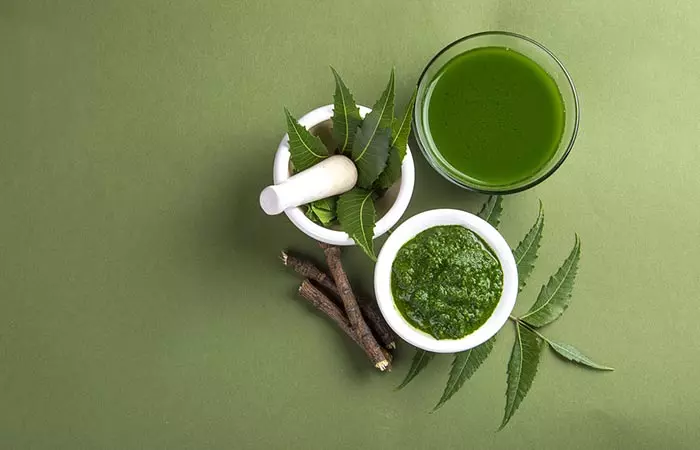
Neem is an Ayurvedic medicine used for treating a number of diseases and disorders. This tropical plants leaves, flowers, roots, bark, seeds, and oil have anti-inflammatory, antimicrobial, and wound-healing properties (10), (11). Neem oil is a promising tool to treat sclerodermai A chronic skin condition characterized by localized or spread-out hardening and tightening of the skin and connective tissues. skin ulcers and neem extract helps reduce acne. It could also be a potential treatment for cancers (12), (13).
You can consume the apical leaves of the neem tree. Wash them thoroughly and blend them to make a paste. Consume ¼ teaspoon of this paste first thing in the morning. You can mix it with honey to cut the bitter taste. Add it to smoothies. You can also boil washed neem leaves and prepare an extract. Apply this extract to the skin or use the extract in a bath.
 Did You Know?
Did You Know?6. Avocado
The buttery, nutty-tasting avocados are rich in vitamins A, E, C, K, B-6, folate, niacin, pantothenic acid, riboflavin, choline, lutein, potassium, magnesium, sodium, phytosterols, monounsaturated fats, and polyunsaturated fats. The healthy fats in avocados aid in healthy aging (14). They also prevent sun damage, keep the skin soft and supple, while also strengthening and rejuvenating the skin (15).
You can consume avocados in a salad, Frankies, smoothies, etc., or apply avocado face masks to get clear, hydrated, and glowing skin.
7. Leafy Greens
Leafy greens like spinach, arugula, cabbage, lettuce, kale, radish greens, beetroot greens, etc. are a great source of vitamins A and E and minerals. Leafy vegetables are rich in beta carotene and help scavenge harmful free oxygen radicals, thereby slowing down aging, skin wrinkling, and even skin cancer (16), (17).
Consume leafy greens, raw or blanched, in salads and smoothies every day. Add different types of leafy greens to get all the nutrients each leafy vegetable has to offer.
8. Nuts And Seeds
Nuts and seeds like almonds, pistachios, sunflower seeds, chia seeds, and flax seeds are rich in polyunsaturated fatty acids (PUFA), protein, dietary fiber, vitamins, and minerals (18), (19). While PUFA help reduces inflammation, dietary fiber helps the gastrointestinal system work properly by improving the gut microbiota (20), (21). With reduced inflammation and good gut function, skin problems like acne, psoriasis, atopic dermatitis, etc. can be kept at bay (22), (23).
Consume mixed nuts and seeds every day. You can soak them in water overnight and consume them as they are or add them to smoothies and salads. Applying almond paste to your skin also helps reduce dryness and makes the skin supple and radiant.
9. Black Pepper
Black pepper is extensively used as a seasoning, but did you know that it can also help improve your skin? It possesses antimicrobial, anti-inflammatory, antioxidant, antidepressant, and gastroprotective properties (24). These properties of black pepper make it one of the ideal spices to achieve clear skin. Black pepper also helps protect the skin from damage due to UV rays, stress hormones, or inflammation.
Add black pepper to your soup, smoothies, eggs, salad, stew, sandwich, burritos, etc. to bring out the flavors of other foods as well as improve your skin.
10. Berries
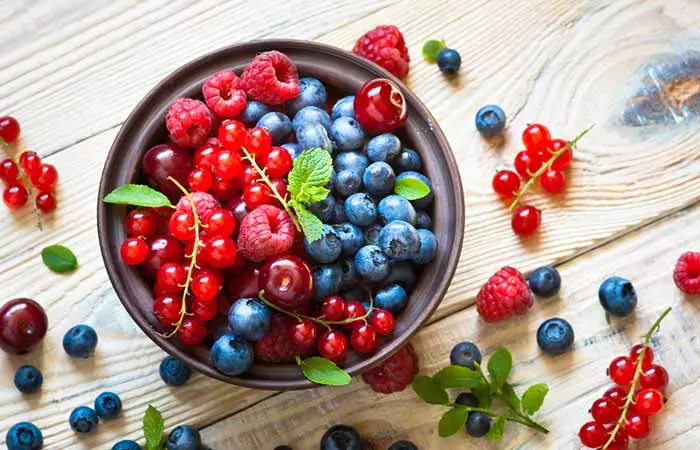
Blueberries, strawberries, acai berries, blackberries, goji berries, gooseberries, cranberries, and raspberries are a rich source of vitamin C, tannins, dietary fiber, phenolic acids, and flavonoids. This high antioxidant profile of the berries makes them essential for improving skin health and delaying skin aging (25). They also combat DNA damage and help reduce the risk of skin cancer (26).
Include berries in your smoothie bowls, smoothies, salads, etc.
11. Fatty Fish
Fatty fishes like wild-caught salmon are a rich source of omega-3 fatty acids and astaxanthin (27), (28). Omega-3 fatty acids are healthy fats that help prevent melanoma, squamous cell carcinoma, and basal cell carcinoma (29). Astaxanthin is used as an essential ingredient in cosmetics, and thats because it helps protect the skin from sun radiation and improves skin elasticity, thereby slowing down aging (30).
Have grilled or baked salmon for lunch or dinner with veggies to improve your skin health. You can also have mackerel, tuna, and sardine.
Dawid Diakowski, a health and fitness blogger talks about the overall benefits of salmon he had experienced. He observed, “It’s an excellent source of protein which helps keep me full throughout the day without feeling sluggish. I’ve noticed that since I started eating more salmon regularly, my skin looks clearer and brighter too (i).” He added how he would usually get seasonal allergies and salmon’s immunity-boosting properties were a savior.
12. Broccoli
This cruciferous vegetable is rich in vitamins C, E, and K, glucosinolatesi Bioactive components from plants that have antioxidant, anti-inflammatory, anti-microbial, metabolic, and stress response benefits. , polyphenols, iron, selenium, and zinc (31). The antioxidant, antimicrobial, and anti-inflammatory properties of broccoli make it an ideal food to promote skin health (32).
Have grilled, blanched, or steamed broccoli in your salad, with grilled chicken or fish or with sauteed mushrooms.
13. Beans And Lentils
Beans and lentils are a great source of protein, dietary fiber, vitamins, and minerals (33). These sources of plant proteins are essential for collagen synthesis. Collagen is a structural protein of the skin that keeps the skin looking plump and younger (34). If you are a vegetarian or vegan, beans and lentils are essential to keep your skin healthy and firm.
Consume boiled lentils and beans in your salad, make chili, or add them to the soup. You can also apply red lentil paste to your skin to visibly reduce hyperpigmentation, and tanning, and exfoliate dead skin layers.
14. Citrus Fruits
Oranges, grapefruit, lime, lemon, tangerines, etc. are a great source of vitamin C, a potent antioxidant (35). Antioxidants help scavenge the free oxygen radicals and protect the DNA from damage. As a result, the aging process is delayed (36).
Consume citrus fruits in a salad, smoothies, juices, salad dressings, and detox waters.
15. Yogurt
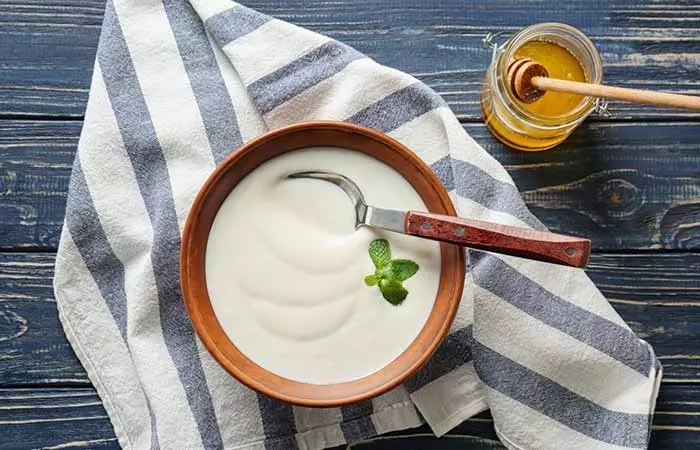
The probiotics in yogurt aid digestion. Digestion and skin health is interlinked because better the digestion and bowel movement lesser the chances of harmful bacteria overgrowth in the gut or colon. This means less toxic buildup in the body and thereby fewer breakouts. Scientists also agree that consuming yogurt or applying it topically can help improve skin health to a great extent (37).
Add yogurt to your salad dressing, and lettuce wrap, or make a yogurt dip for fried chicken or fish. You can also have yogurt with your breakfast cereal or have just plain yogurt after lunch or dinner. Apply it topically to get glowing skin.
16. Green Tea
Green tea offers myriad health benefits. The epigallocatechin-3-gallate (EGCG), a polyphenol, possesses antioxidant, anti-inflammatory, and anti-tumor properties. Scientists have reported that EGCG in green tea helps protect the skin from harmful UV radiation and also nullifies the oxygen radicals. This helps prevent skin rashes, sunburn, skin cancer, and photoaging (38).
Have a cup of green tea in the morning or in the evening. You can also use green tea bags to reduce dark circles and puffiness under the eyes.
17. Bitter Gourd
Bitter gourd or bitter melon has antioxidant, anti-diabetic, and hepatoprotective properties (39), (40). Studies show that bitter melon helps heal wounds faster and also has anti-cancer properties (41), (42). Keeping your liver healthy and cells protected from free radical damage can help improve your skin from within.
Consume boiled bitter gourd as is or you can also add it to smoothies. Balance the bitter taste with honey and lime.
18. Aloe Vera Juice
Aloe vera gel is widely used in various skin care formulations for its moisturizing, skin-cooling, inflammation-reducing, and skin-healing properties (43). It also has anti-tumor properties and helps reduce the chances of seborrhoeic dermatitisi A common skin condition characterized by scaly, red patches that mainly occur on the scalp. , psoriasis, skin inflammation, etc. (44).
Consume aloe vera juice first thing in the morning. You can also apply aloe vera to the skin to reduce acne flare-ups and hydrate dry skin.
19. Bottle Gourd
Bottle gourd is rich in sterols, flavonoids, saponinsi Bitter-tasting plant-derived organic chemicals that are antioxidant and anti-inflammatory and protect the skin against ultraviolet damage. , and terpenoidsi Plant compounds that have anti-inflammatory, detoxifying, and sebum-control benefits for the skin. . It also has anti-inflammatory, antibacterial, diuretic,antihyperlipidemici The quality of a substance to manage excessive lipid levels in the blood that can settle as fatty deposits under the skin. , hepatoprotective, anthelmintic, and anti-cancer properties (45), (46). When your internal body system is functioning properly and better, it will reflect on your skin. You can see a visible reduction in acne, scars, and skin infections.
Wash and peel the bottle gourd and boil it to have it as is. You may also add it to soups and salads. You can also consume bottle gourd juice in the morning on an empty stomach.
20. Watermelon
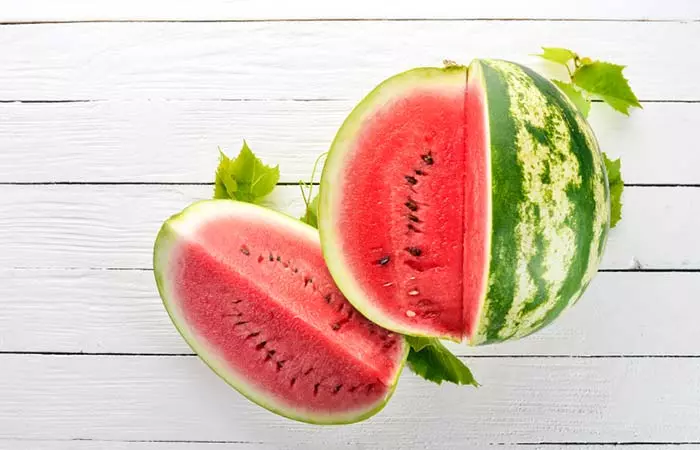
The juicy watermelons are a rich source of lycopene and vitamin C (antioxidant) and medium- and short-chain fatty acids. The fruit protects your skin from oxidative damage, reduces oxidative stress, protects the DNA structure, delays aging, and has cancer-fighting properties (47), (26). It also may help prevent premature wrinkles and fine lines.
Consume watermelon as is or add it to salads, smoothies, and juices.
21. Dark Chocolate
Dark chocolate contains cocoa which contains 12–18% flavonoids, which is higher than that of apple, onion, and wine. Research suggests that cocoa promotes better healing and dermal blood flow and offers photoprotection to the skin (48). You can munch on dark chocolate as a snack between meals to enjoy these benefits. However, do so in moderation as consuming dark chocolate is also linked with some side effects, such as the risk of acne. According to a study published in the Journal of Clinical and Aesthetic Dermatology, chocolate consumption in young men resulted in corneocyte desquamation, the excess shedding of dead skin cells. This further led to the promotion of bacterial colonization and potentially contributed to acne development (49).
These are the 21 foods for healthy skin. In addition to these, you may also consider the following points to boost your skin health.
Points To Remember To Get Healthy Skin
- Protect your skin from UV radiation by using an umbrella and applying high SPF sunscreen all over your exposed skin before stepping out.
- Drink water and detox water to help flush out the toxins.
- Avoid eating too spicy food.
- Eat home-cooked food.
- Always remove makeup before going to bed.
- If you ride a bike or a bicycle, make sure to wear a biker jacket or full-hand gloves to protect your hands from UV rays.
- You can also rub a cube of ice on your face to help soothe your skin at the end of the day.
- Apply a homemade face pack every alternate day.
- Use a water-based or oil-based moisturizer depending on your skin type soon as you wash off the face pack.
- Talk to a dermatologist if you see patches of discoloration or flaky skin.
- Do not scratch the rashes.
- Do not burst a pimple as it can leave a permanent mark.
- Add antioxidant-rich foods like berries and dark chocolate to your daily diet. They help fight oxidative stress and support healthier skin.
Foods rich in essential nutrients benefit not only your health but also your skin. What you include in your diet affects your skin health. Eating foods that are rich in vitamins, minerals, and antioxidants may reduce oxidative stress and offer you healthy, youthful-looking skin. These nutrients may help protect your skin from many stressors. Turmeric, tomato, carrot, papaya, neem leaves, avocado, and leafy greens are some of the best foods for clear, glowing skin. However, consult a doctor if you have any skin disorders for effective results.
Frequently Asked Questions
Is milk bad for your skin?
No. Milk proteins may help boost skin health by reducing acne lesions, blackheads, oil production, and inflammation. Milk has moisturizing, toning, soothing, and anti-aging properties (50).
Is coffee good for skin?
Yes. Coffee is packed with polyphenols like chlorogenic acids that may help protect skin from photoaging and decrease hyperpigmentation (51).
Is banana good for skin?
Yes. Banana is loaded with antioxidants that may help reduce early signs of aging and reduce oxidative stress (52).
Are eggs good for skin?
Yes. Eggs are packed with antioxidants that may help reduce early signs of aging. They also contain anti-pigmentation peptides that may reduce hyperpigmentation (53).
Is rice bad for the skin?
No. Researchers have found that ingredients in rice have anti-aging, anti-inflammatory, moisturizing, and photoprotectivei The quality of a substance to protect the skin against harmful effects of ultraviolet radiation from the sun. properties (54).
Illustration: Best Foods You Must Add To Your Diet For Healthy Skin

Image: Stable Diffusion/StyleCraze Design Team
Learn how to nourish your skin, nails, and hair with healthy food choices! Check out this video to discover the best foods to keep you looking and feeling your best.
Personal Experience: Source
StyleCraze's articles are interwoven with authentic personal narratives that provide depth and resonance to our content. Below are the sources of the personal accounts referenced in this article.
i. 5 Superfoods You Should Be Eatinghttps://medium.com/@ddiakowski/5-superfoods-you-should-be-eating-56e389fab8d2
References
Articles on StyleCraze are backed by verified information from peer-reviewed and academic research papers, reputed organizations, research institutions, and medical associations to ensure accuracy and relevance. Read our editorial policy to learn more.
- Effects of Turmeric (Curcuma longa) on Skin Health: A Systematic Review of the Clinical Evidence
https://pubmed.ncbi.nlm.nih.gov/27213821/ - Potential of Curcumin in Skin Disorders
https://www.ncbi.nlm.nih.gov/pmc/articles/PMC6770633/ - Lycopene in tomatoes: chemical and physical properties affected by food processing
https://pubmed.ncbi.nlm.nih.gov/11192026/ - Potential Role of Carotenoids as Antioxidants in Human Health and Disease
https://www.ncbi.nlm.nih.gov/pmc/articles/PMC3942711/ - Tomato paste rich in lycopene protects against cutaneous photodamage in humans in vivo: a randomized controlled trial
https://pubmed.ncbi.nlm.nih.gov/20854436/ - The effect of carrot juice, β-carotene supplementation on lymphocyte DNA damage, erythrocyte antioxidant enzymes and plasma lipid profiles in Korean smoker
https://www.ncbi.nlm.nih.gov/pmc/articles/PMC3259297/ - Nutraceutical Potential of Carica papaya in Metabolic Syndrome
https://www.ncbi.nlm.nih.gov/pmc/articles/PMC6682863/ - The treatment of paediatric burns using topical papaya
https://pubmed.ncbi.nlm.nih.gov/10563690/ - Antibacterial effects of Carica papaya fruit on common wound organisms
https://pubmed.ncbi.nlm.nih.gov/15040064/ - Medicinal properties of neem leaves: a review
https://pubmed.ncbi.nlm.nih.gov/15777222/ - Therapeutics Role of Azadirachta indica (Neem) and Their Active Constituents in Diseases Prevention and Treatment
https://www.ncbi.nlm.nih.gov/pmc/articles/PMC4791507/ - Medicinal Plants for the Treatment of Acne Vulgaris: A Review of Recent Evidences
https://www.ncbi.nlm.nih.gov/pmc/articles/PMC4740760/ - Neem components as potential agents for cancer prevention and treatment
https://www.ncbi.nlm.nih.gov/pmc/articles/PMC4734358/ - Hass avocado composition and potential health effects
https://pubmed.ncbi.nlm.nih.gov/23638933/ - Polyhydroxylated fatty alcohols derived from avocado suppress inflammatory response and provide non-sunscreen protection against UV-induced damage in skin cells
https://pubmed.ncbi.nlm.nih.gov/20978772/ - The Role of Phytonutrients in Skin Health
https://www.ncbi.nlm.nih.gov/pmc/articles/PMC3257702/ - Diet and Dermatology: The Role of a Whole-food, Plant-based Diet in Preventing and Reversing Skin AgingA Review
https://www.ncbi.nlm.nih.gov/pmc/articles/PMC7380694/ - Nuts and Human Health Outcomes: A Systematic Review
https://www.ncbi.nlm.nih.gov/pmc/articles/PMC5748761/ - Seeds
https://pubmed.ncbi.nlm.nih.gov/32006367/ - Polyunsaturated fatty acids and inflammatory diseases
https://pubmed.ncbi.nlm.nih.gov/12442911/ - Effects of fibers and gut microbiota on low-grade inflammatory human disease
https://www.ncbi.nlm.nih.gov/pmc/articles/PMC6943000/ - The Skin and Gut Microbiome and Its Role in Common Dermatologic Conditions
https://www.ncbi.nlm.nih.gov/pmc/articles/PMC6920876/ - ReviewCurrent Concepts in Inflammatory Skin Diseases Evolved by Transcriptome Analysis: In-Depth Analysis of Atopic Dermatitis and Psoriasis
https://www.ncbi.nlm.nih.gov/pmc/articles/PMC7037913/ - Black pepper and health claims: a comprehensive treatise
https://pubmed.ncbi.nlm.nih.gov/23768180/ - Berries: improving human health and healthy aging, and promoting quality life–a review
https://pubmed.ncbi.nlm.nih.gov/20645129/ - Whole Fruit Phytochemicals Combating Skin Damage and Carcinogenesis
https://www.ncbi.nlm.nih.gov/pmc/articles/PMC6926315/ - Fish, salmon, Atlantic, wild, raw
https://fdc.nal.usda.gov/fdc-app.html#/food-details/173686/nutrients - Astaxanthin: Sources, Extraction, Stability, Biological Activities and Its Commercial ApplicationsA Review
https://www.ncbi.nlm.nih.gov/pmc/articles/PMC3917265/ - Consumption of omega-3 fatty acids and the risk of skin cancers: a systematic review and meta-analysis
https://pubmed.ncbi.nlm.nih.gov/24265065/ - Supplementating with dietary astaxanthin combined with collagen hydrolysate improves facial elasticity and decreases matrix metalloproteinase-1 and -12 expression: a comparative study with placebo
https://pubmed.ncbi.nlm.nih.gov/24955642/ - Broccoli, raw
https://fdc.nal.usda.gov/fdc-app.html#/food-details/170379/nutrients - Potential health benefits of broccoli- a chemico-biological overview
https://pubmed.ncbi.nlm.nih.gov/19519500/ - Dried Beans, Peas and Lentils
https://www.nal.usda.gov/human-nutrition-and-food-safety/food-composition - Biochemistry, Collagen Synthesis
https://www.ncbi.nlm.nih.gov/books/NBK507709/ - Citrus Fruits
https://www.nal.usda.gov/human-nutrition-and-food-safety/food-composition - Free radicals, antioxidants and functional foods: Impact on human health
https://www.ncbi.nlm.nih.gov/pmc/articles/PMC3249911/ - Effects of Fermented Dairy Products on Skin: A Systematic Review
https://pubmed.ncbi.nlm.nih.gov/26061422/ - Skin photoprotection by green tea: antioxidant and immunomodulatory effects
https://pubmed.ncbi.nlm.nih.gov/12871030/ - Recent Advances in Momordica charantia: Functional Components and Biological Activities
https://www.ncbi.nlm.nih.gov/pmc/articles/PMC5751158/ - Wild bitter gourd protects against alcoholic fatty liver in mice by attenuating oxidative stress and inflammatory responses
https://pubmed.ncbi.nlm.nih.gov/24664243/ - The beneficial effects of Momordica charantia (bitter gourd) on wound healing of rabbit skin
https://pubmed.ncbi.nlm.nih.gov/22812507/ - Momordica charantia (Bitter Gourd) peel, pulp, seed and whole fruit extract inhibits mouse skin papillomagenesis
https://pubmed.ncbi.nlm.nih.gov/9544697/ - ALOE VERA: A SHORT REVIEW
https://www.ncbi.nlm.nih.gov/pmc/articles/PMC2763764/ - Aloe vera in dermatology: a brief review
https://pubmed.ncbi.nlm.nih.gov/19218914/ - Phytochemical and pharmacological review of Lagenaria sicereria
https://www.ncbi.nlm.nih.gov/pmc/articles/PMC3117318/ - Chemopreventive effect of Lagenaria siceraria in two stages DMBA plus croton oil induced skin papillomagenesis
https://pubmed.ncbi.nlm.nih.gov/23914728/ - Watermelon lycopene and allied health claims
https://www.ncbi.nlm.nih.gov/pmc/articles/PMC4464475/ - Dark chocolate: An overview of its biological activity, processing, and fortification approaches
https://www.ncbi.nlm.nih.gov/pmc/articles/PMC9589144/ - Continuous dark chocolate consumption affects human facial skin surface by stimulating corneocyte desquamation and promoting bacterial colonization
https://www.ncbi.nlm.nih.gov/pmc/articles/PMC6169599/ - Milk Proteins—Their Biological Activities and Use in Cosmetics and Dermatology
https://www.ncbi.nlm.nih.gov/pmc/articles/PMC8197926/ - Skin photoprotection and consumption of coffee and polyphenols in healthy middle-aged Japanese females
https://pubmed.ncbi.nlm.nih.gov/25041334/ - Antioxidant potential of banana: Study using simulated gastrointestinal model and conventional extraction
https://pubmed.ncbi.nlm.nih.gov/26245031/ - Chicken Egg White—Advancing from Food to Skin Health Therapy: Optimization of Hydrolysis Condition and Identification of Tyrosinase Inhibitor Peptides
https://www.ncbi.nlm.nih.gov/pmc/articles/PMC7555751/ - Dermatological uses of rice products: Trend or true?
https://pubmed.ncbi.nlm.nih.gov/35587098/
Read full bio of Alexandra Dusenberry
Read full bio of Ramona Sinha
Read full bio of Anjali Sayee
Read full bio of Shiboli Chakraborti







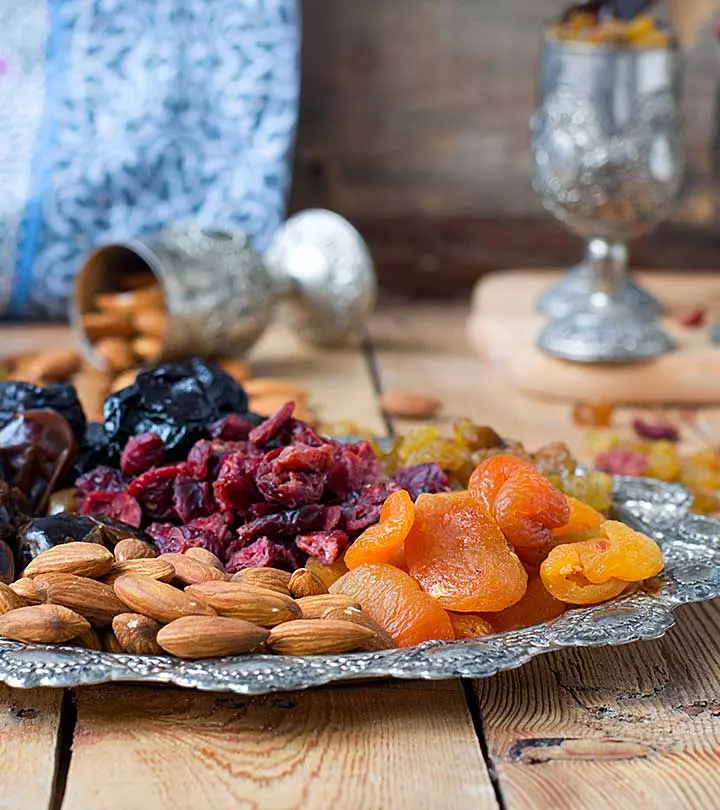
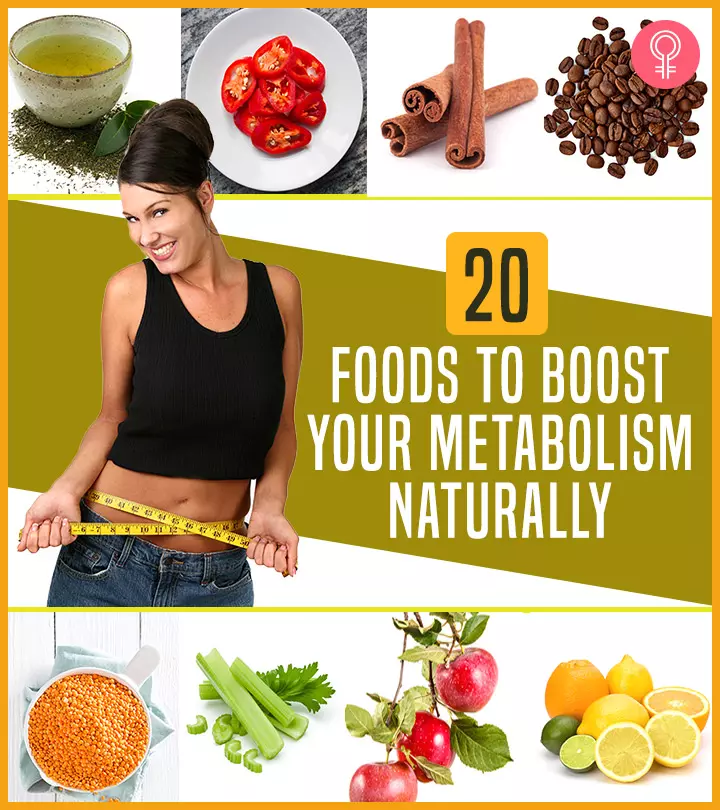
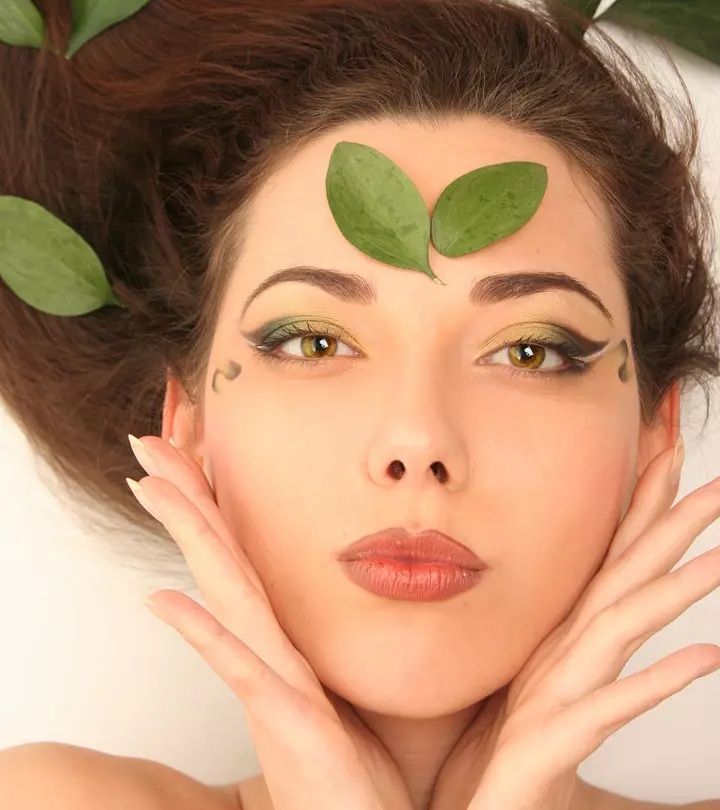
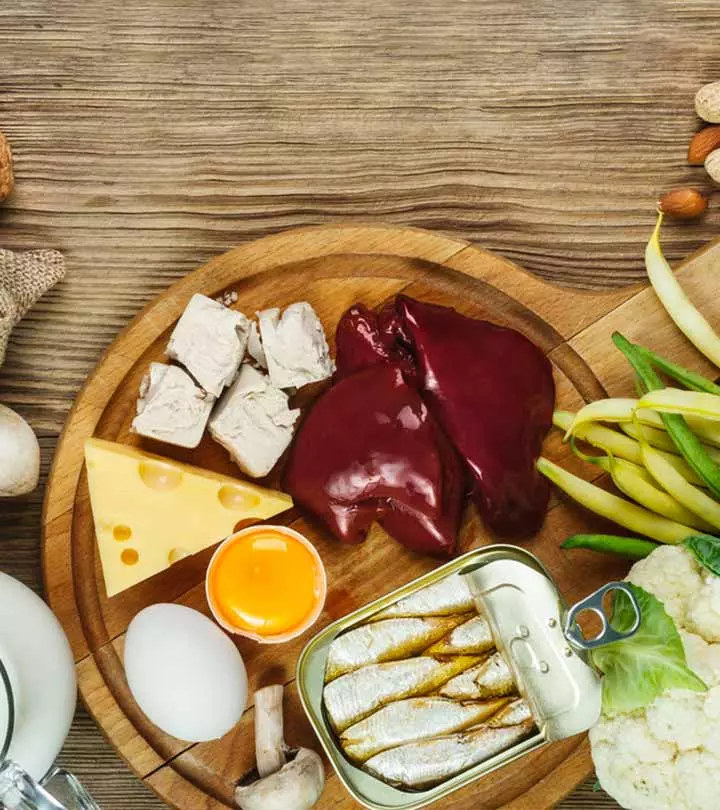
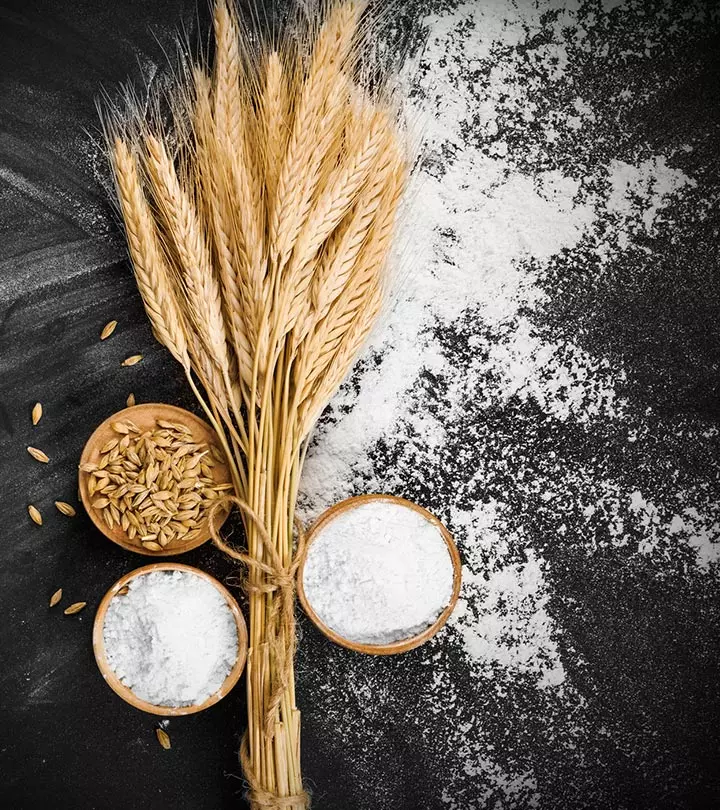
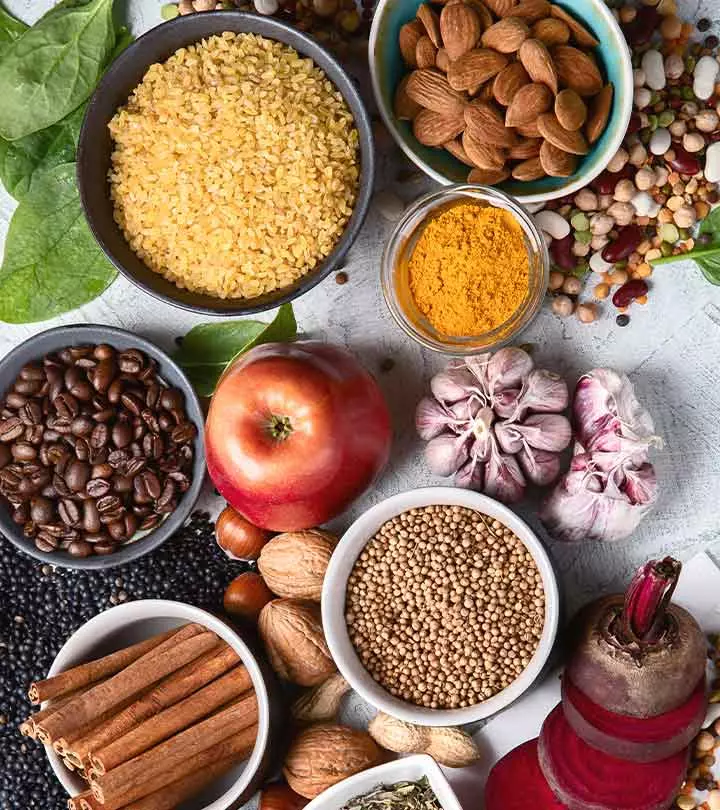
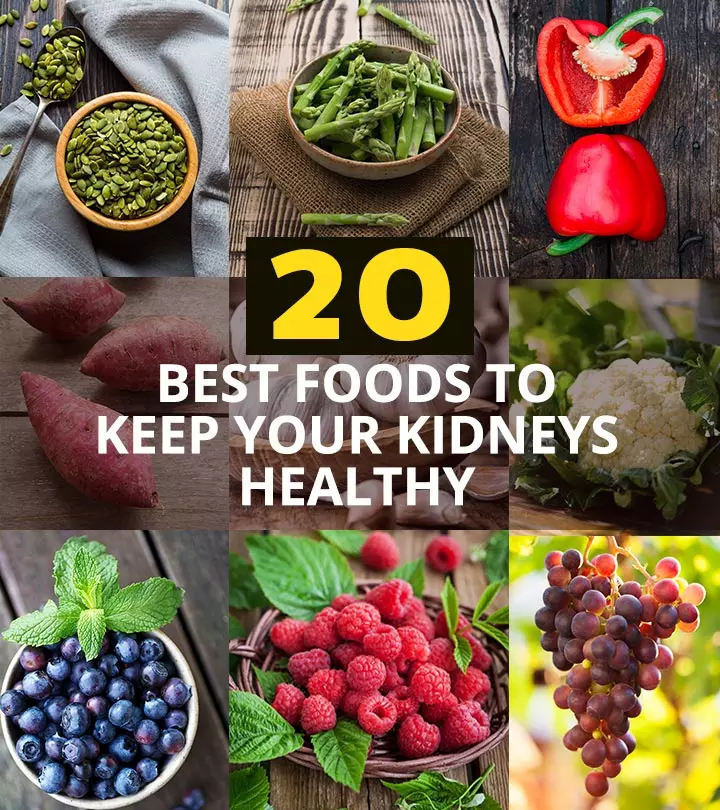
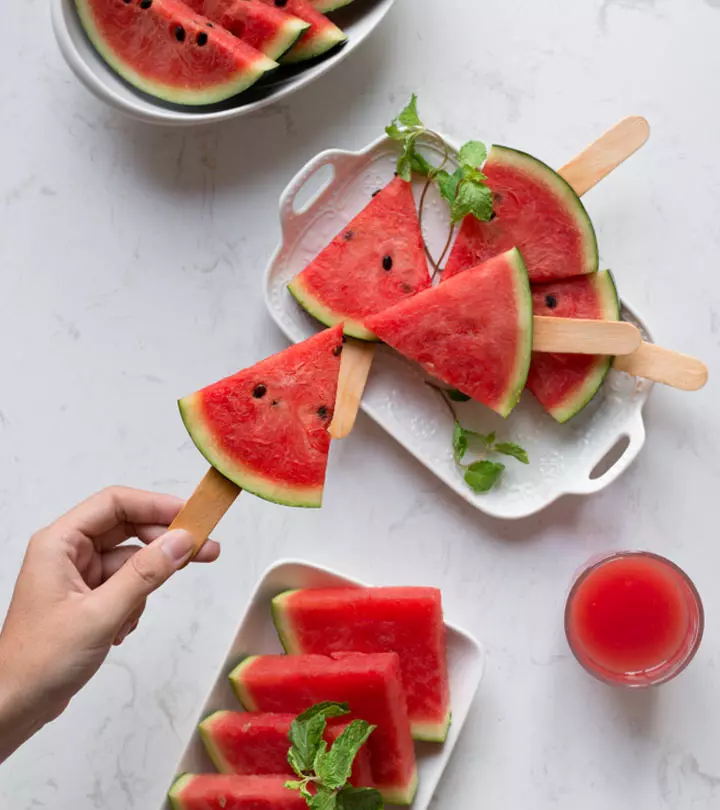
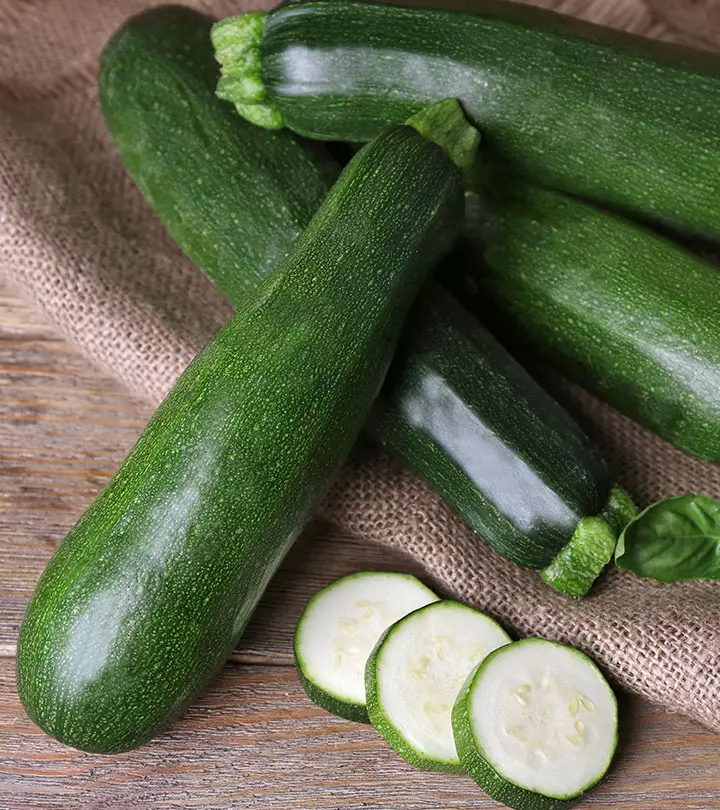
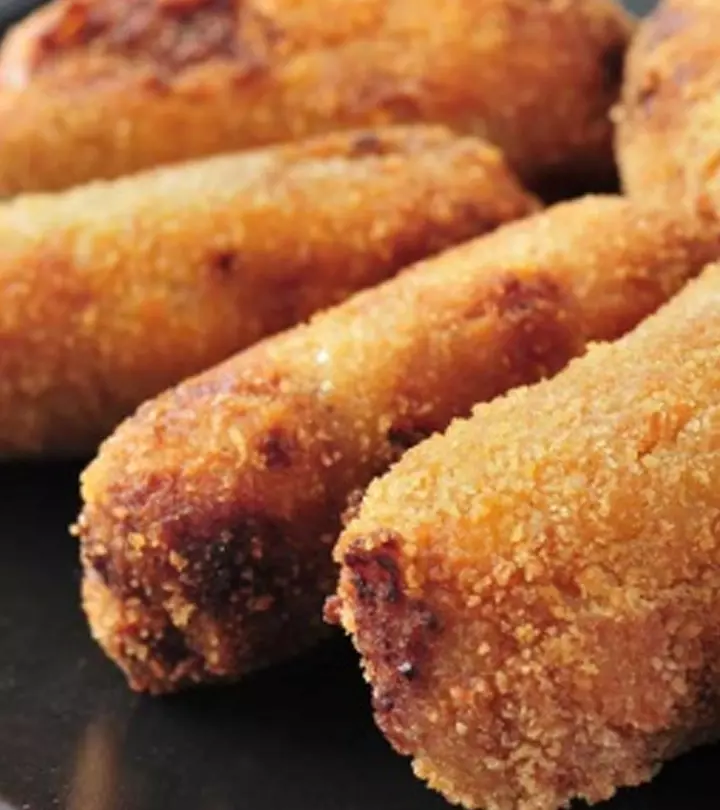
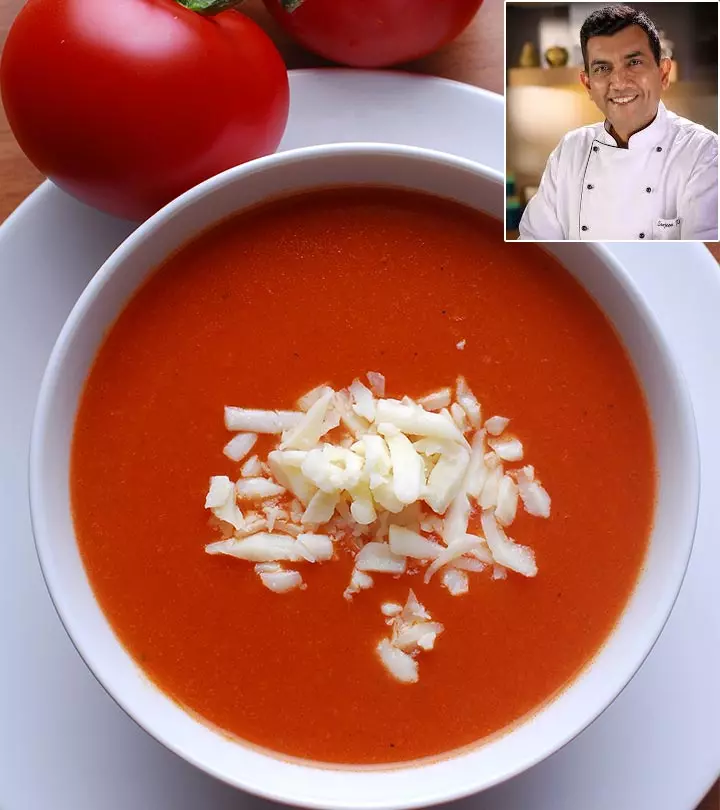
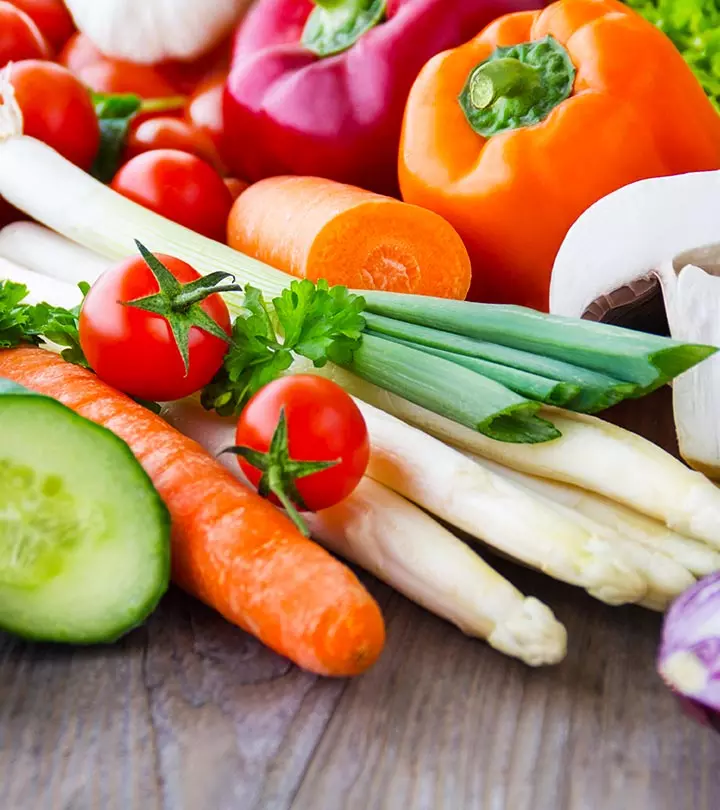
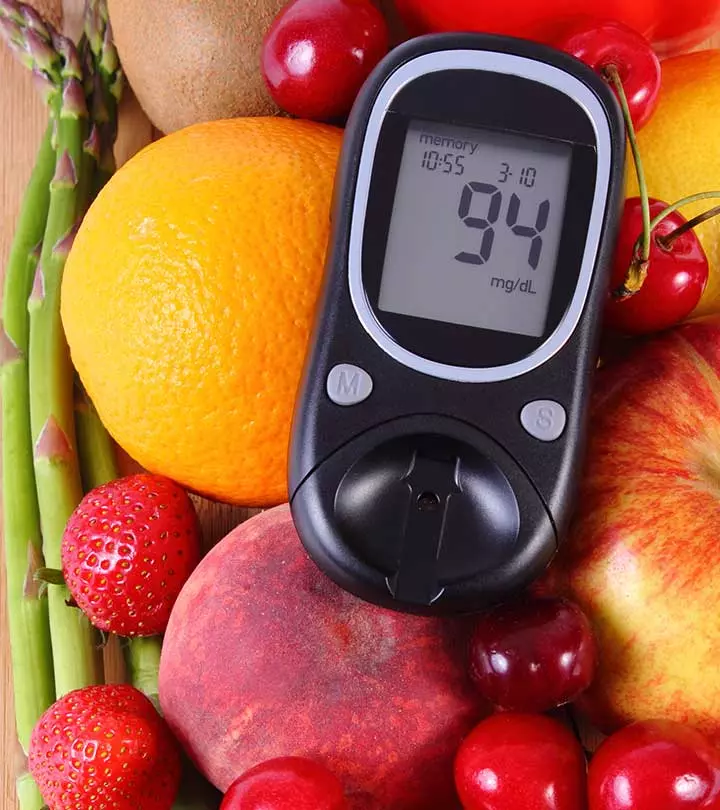
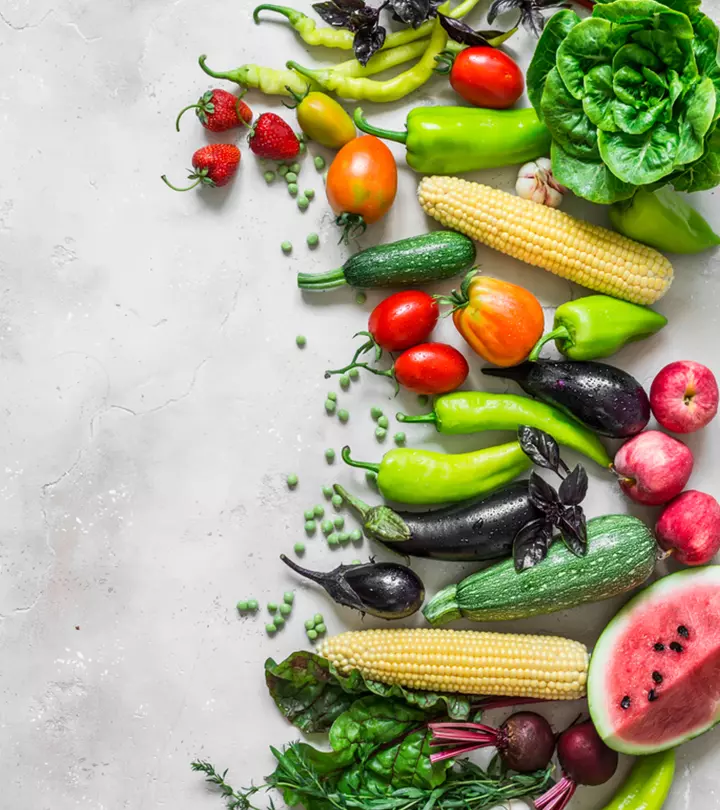

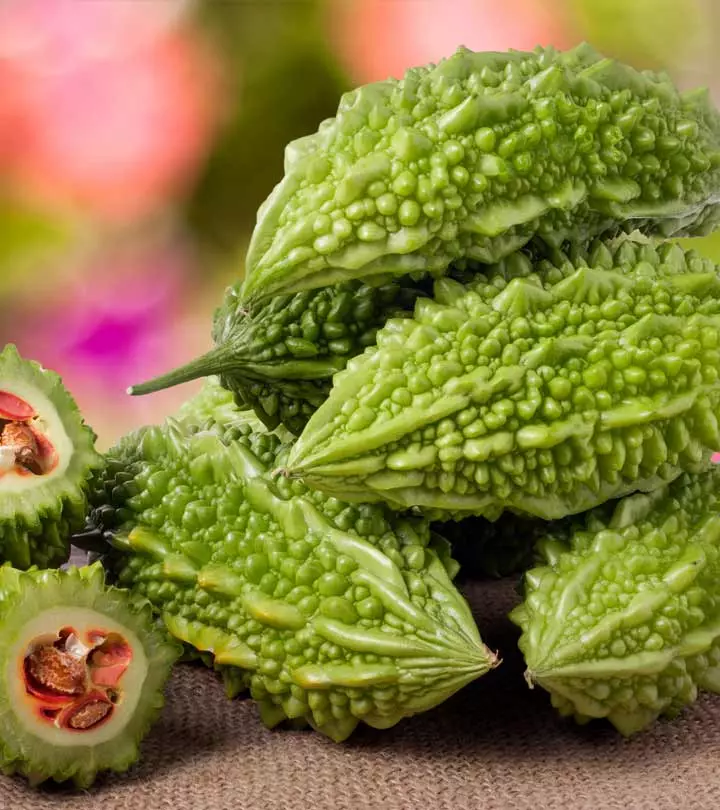

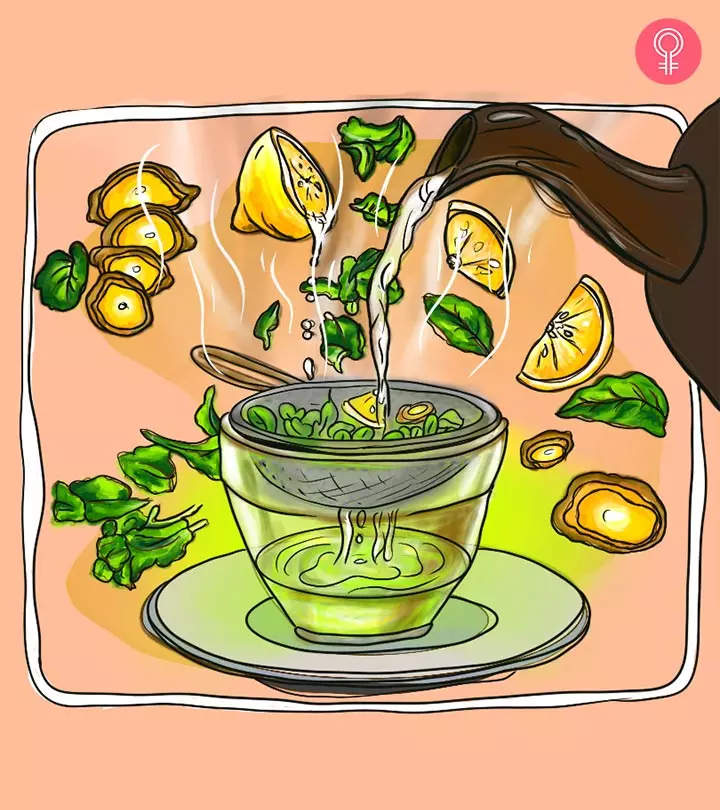


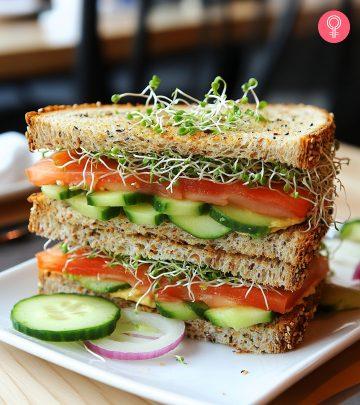
Community Experiences
Join the conversation and become a part of our empowering community! Share your stories, experiences, and insights to connect with other beauty, lifestyle, and health enthusiasts.